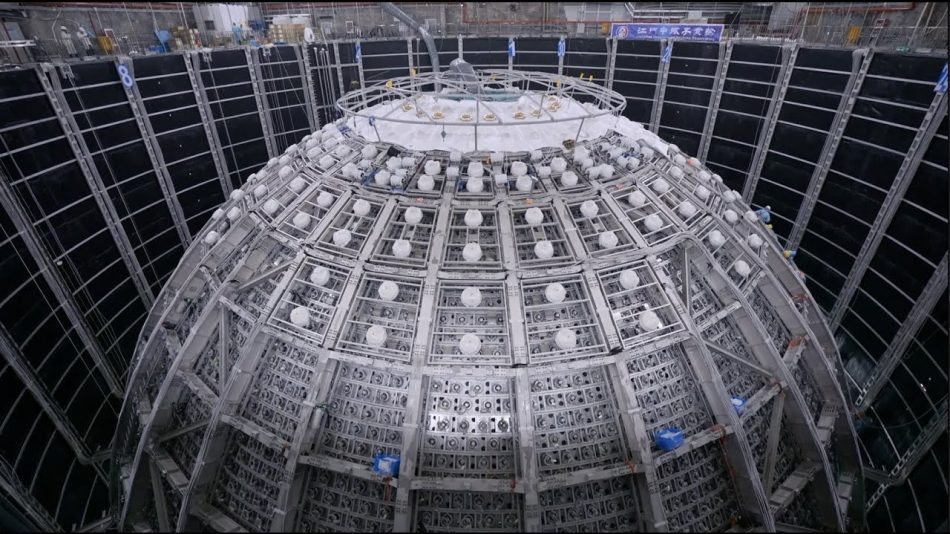
The Jiangmen Underground Neutrino Observatory (JUNO) in Guangdong began collecting data on 26 August 2025.
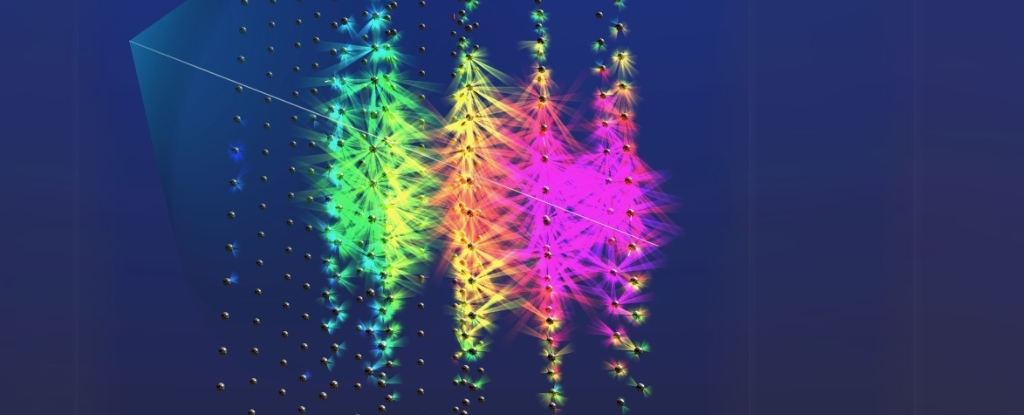
On 13 February 2023, an undersea detector off the coast of Sicily picked up a record-breaking neutrino event. The particle's energy was estimated to be a whopping 220 petaelectronvolts.

Supermassive black holes are gravitational powerhouses. When hot gas surrounding them is squeezed by gravity and electromagnetic fields, it can emit tremendous amounts of energy, including high-energy neutrinos.
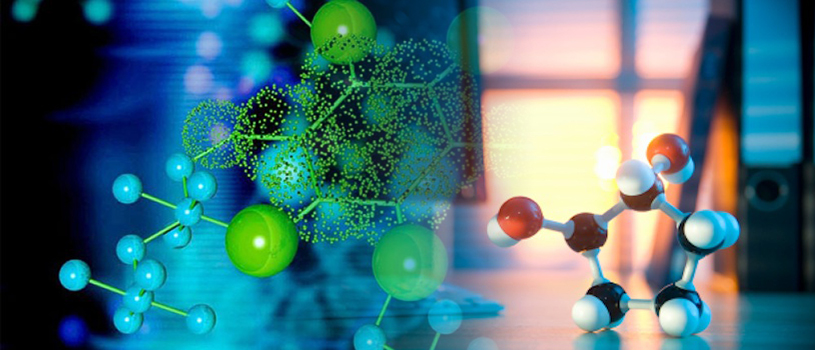
New results from Borexino, the only detector on Earth capable of observing the entire spectrum of solar neutrino simultaneously, which has now been accomplished.

The IceCube detector, located at the South Pole, has now confirmed a part of the Standard Model of physics, which describes the properties of fundamental particles and their interactions.

We’re actually able to detect a bump from the lightest particle we know of.

The Deep Underground Neutrino Experiment (DUNE) will count with the support of 1,000 scientists and engineers from different parts of the world to study the properties of the neutrino.

The new results support evidence of a strange symmetry in measurements of one neutrino mass. In particle physics, symmetries often indicate underlying physics that scientists haven't yet unearthed.
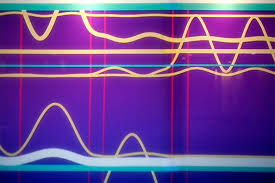
The Askaryan Radio Array team recently published a performance review of the first two stations to come online, showing great potential for the detector to push forward understanding of the cosmos once it's fully operational.

Scientists call it the 'ghost particle'. Meet the neutrino, which scientists hope will help them answer dozens of critical questions about the Universe.

The capture of a burst of high-energy neutrinos from a far-off galaxy heralds a new era in astrophysics.

The Daya Bay Reactor Neutrino Experiment, a multinational collaboration operating in the south of China, today reported the first results of its search for the last, most elusive piece of a long-standing puzzle: how is it that neutrinos can appear to vanish as they travel? The surprising answer opens a gateway to a new understanding of fundamental physics and may eventually solve the riddle of why there is far more ordinary matter than antimatter in the universe today.
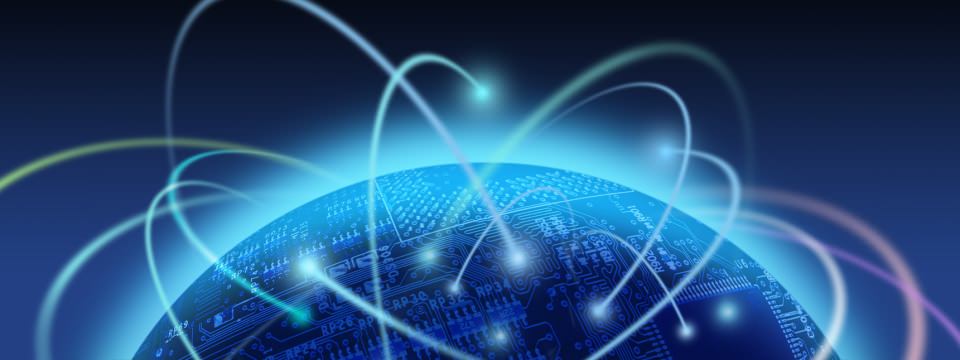
The hunt for elusive neutrinos will soon get its largest and most powerful tool yet: the enormous KM3NeT telescope, currently under development by a consortium of 40 institutions from ten European countries. Once completed KM3NeT will be the second-largest structure ever made by humans, after the Great Wall of China, and taller than the Burj Khalifa in Dubai… but submerged beneath 3,200 feet of ocean!